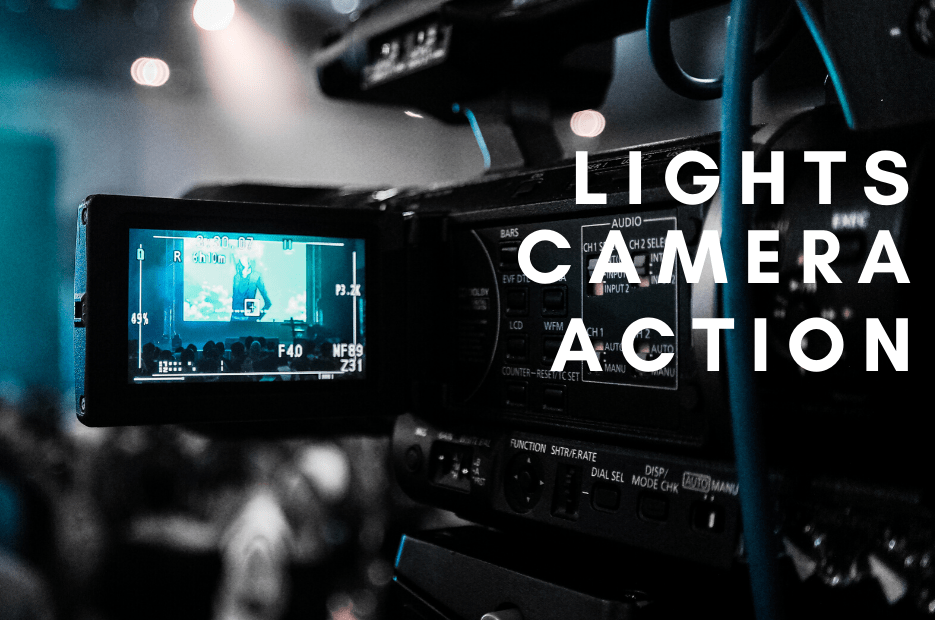Moving from physical to virtual events and how to maximise their outcome
Event marketing is all about putting yourself in the shoes of your customers. What usually makes them visit your stand, see a live product demonstration and get a list of questions together to ask during your Q&A sessions?
For an immersive online user experience that engages your customers, means adding new benefits and even more value. To do that, you’re going to need to use technology to pull your audience in, then, deliver an experience that makes your potential clients thrilled to be taking part.

Go into it knowing that it will not be the same as a live show, but the event can be creative in other ways.
Here is what going 100% digital mean: virtual delegates, workshops, networking, and even virtual exhibitions. How can marketing help maximise the potential for businesses during the COVID-19 crisis? Here are a few considerations for those in the event industry.
Decide the format of your virtual event
A live-streamed conference has the potential to be a more engaging and professional experience, but they are more difficult and a lot more expensive to orchestrate. Organisers may need to rent a studio and hire a production team if they do not already have such elements in-house.
Live-streamed events can include more interactive elements, such as polling, audience questions and games. In contrast, a pre-recorded session requires less equipment, but loses the interactivity.
Consider the size of your virtual conference, by thinking about the different elements that it will entail. These may include a workshop stream or streams, virtual exhibitor lounge, virtual networking and virtual selling (e-commerce with a twist). Think about how will the delegates be engaged at each interaction and how can you as the organiser encourage more business to take place.
Budget
The cost of a digital event can vary widely. If hiring a production company to host the experience, it can be more costly but look more professional than just setting up a web camera. The cost also depends on the number of simultaneous sessions and the number of days of the event. So once you have worked out the format, consider the logistics of speakers and their access to the technology needed. The levels of interactivity between speakers, exhibitors and delegates will also have an impact on the budget.
Check out virtual event technology companies such as ivent (https://www.ivent-uk.com/) for more ideas.
Preparing to be on camera
Appearing on a computer screen, even through a studio camera format, is a much different experience than presenting before a live audience. Typically, using humour in your presentation is a good way to acknowledge the situation, whether it’s a live event or not, for live-streamed event it is even more so. The energy level when on camera should be bigger than in normal life, to ensure your presentation is engaging.

Check your surroundings, such as lighting and background to ensure there are no distractions. Testing the equipment, such as the audio source, WiFi and recording functions is important ahead of time to ensure there are no last minute glitches.
Registration process considerations
A critical component of any digital event is making sure the site does not crash if too many try to log in and authenticate at once. For larger events, organisers could separate the audience by session or alternative grouping. For example, the main keynote session could be free (no authentication), but others could require authentication.
This is where you can use detailed data capture and live post-event attendee analysis to achieve targeted marketing to maximise the event outcome.
Keeping the audience engaged
Experts suggest using shorter content of 15 minutes or so, rather than lengthy one-hour-plus sessions. To help keep the audience engaged on their computers, consider mixing the content with other elements, such as direct opportunities to engage with speakers for live-streamed event, audience polling, games or even trivia.
Event organisers might also want to consider a game-show type host to shepherd viewers through event sessions in order to keep things moving and interesting. Social media can be used to a great extent here, where the event broadcasters comment about upcoming speakers and monitor social media to further increase audience interaction.
Virtual networking is a welcome boost to any event
Interaction between attendees and speakers can still occur in a virtual environment. Event sponsors could host virtual networking lounge areas where attendees can message each other and then take the conversation to a phone or side-chat format. Of course, it will never be the same as having a coffee with someone, but you still get to meet people.
Advanced connecting features, such as exchange of business cards, personalised ‘buddy’ lists can really spur the number of leads/connections made at a virtual event. Plus, sending LinkedIn invitations to other fellow delegates (permission dependent) is being seen as the new way to swap business cards!
Considering a virtual exhibition
Perhaps difficult to comprehend, but there are several companies offering virtual exhibition options, from custom branded stands and booths to sponsor spaces for revenue streams. Event organisers could increase personalisation by facilitating real-time live chat and 1-1 video options between visitors and exhibitors. Resource centres, exhibitor workshops and live presentations with a post session incentive or a clear call to action (i.e. to connect or take the conversation to a phone etc.) will help build that list of leads.
For best results from an event strategy perspective, focus on an audience that’s already shown an interest in your products and services. Knowing their pain-points and why they buy from you will help you to really nail the messaging and visuals. Think about what they need from you to take the next step, then provide that in a virtual event format. Be ready to offer e-commerce for business transactions to take place in ‘real-time’.
Use these tips to compel your audience to take action.
- Develop a virtual event marketing strategy that aligns with your goals
- Choose digital technology tools and formats that convey your message
- Create a clear and compelling story and video script to keep attendees tuned in
- Engage virtual attendees using high-quality videos, animation, and graphics
Here is what a virtual exhibition could look like, courtesy of Industry UK demonstration:
Source: https://industryuk.online/
Develop virtual events
As more and more events are being cancelled around the World, now is the time to put together video assets. Live-stream a panel from your office or a remote location (i.e. speaker homes), share a product demonstration with a few best use tips and host a virtual Q&A. Either pre-recorded or live-streamed, virtual events give your audience the flexibility to experience your brand and products from anywhere.
For more information on how to market your virtual event, read my next blog on Promotional Opportunities for a Virtual Event.
Final takeaway!
It is more than possible to shift physical events to virtual ones and they can help bring a much needed boost to your business.
What steps will you take to make your virtual event a success?
Have you found this useful? Please share if you know someone this might be of help!
